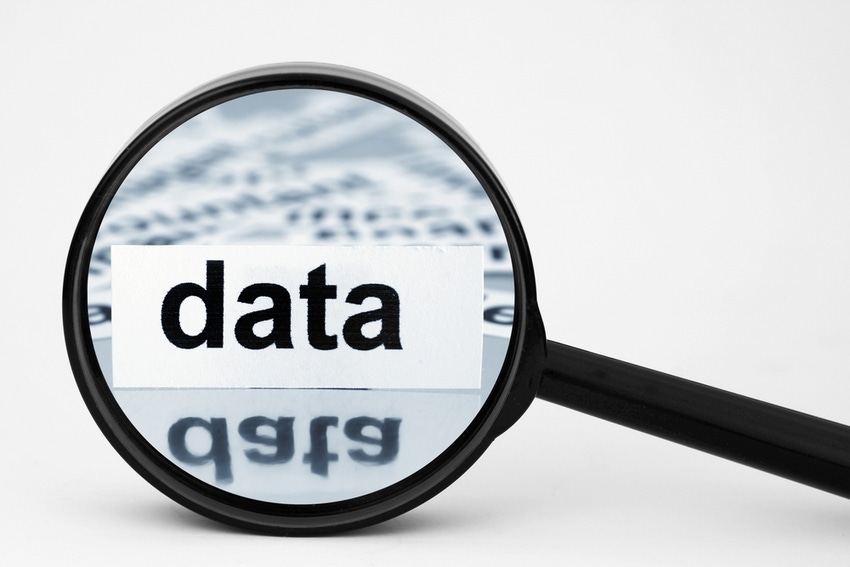A number of states already demonstrate that a sustained commitment from policy makers to support the data economy pays dividends.
August 4, 2017

In a first, and early, look at how states are encouraging and enabling data-driven innovation, the Center for Data Innovation released a report, “The Best States for Data Innovation.” It shows that a number of states already demonstrate that a sustained commitment from policy makers to support the data economy pays dividends.
The report uses 25 indicators across three categories to assess which states are doing the most to encourage and enable data-drive innovation. The three categories are:
Data: the extent to which key data sets are available, including data about the government, education, health care, and energy;
Technology: the availability of key digital infrastructure, such as broadband, smart meters, and electronic health records; and,
People and companies: human and business resources, such as the number of open-data companies in the state, and the size of the data professional community.
The Center, a data-policy think tank affiliated with the Information Technology and Innovation Foundation, called on state policymakers to encourage and enable data-driven innovation by ensuring that high-value data sets are publicly available, key digital infrastructure is widely deployed, and necessary human capital and business resources are in place.
“Decisions that policymakers make today to encourage data-driven innovation will have long-term implications for states’ future growth and their residents’ quality of life,” said Daniel Castro, the Center’s director and the report’s lead author. “Early adopters will benefit immediately from using data to make headway in addressing social challenges from energy efficiency to affordable health care. By positioning themselves at the forefront of data innovation, states will also be able to grow and attract the right kinds of companies to become hubs of the data economy,” he added.
So, in a nutshell, participation in the data-driven economy has the potential to benefit the state’s economic position as well as to address challenges and enable change.
Here’s a sneak peek at some of the results within each report category.
Ensuring Data Is Available for Use
By ensuring data is available for use, individuals and organizations – government and businesses – are able to drive new insights and make better decisions, the report states. Additionally, the more data the states make available, the more advantages they’re likely to reap from data-driven innovation.
Data indicators looked at in the report come from multiple sources: government administrative data, including legislative and financial; education data; health data; and energy data. Of course, state policies on the dissemination of data directly impact the progress or lack of it that they are able to make in the data-driven economy.
So, for example, in this category, the state rankings are different than the overall rankings in the report. The top five states that ensure data is available for use are: Colorado, Oregon, Delaware, Maine, and Texas. The report examines each data indicator.
Enabling Key Technology Platforms
States must invest in the underlying technology platforms that facilitate the …
… collection, sharing and use of data that that could drive insights and innovation. This section of the report looks indicators that measure the presence and quality of seven components of technological infrastructure: broadband, smart meters, transit information systems, electronic health records, the Internet of Things, open-data portals, and e-government technology.
Looking at rankings in the category, the top five states enabling key technology platforms are: Maryland, Utah, Washington, Oregon, and Michigan.
Maryland, for example, ranks at or near the top on indicators such as broadband, transit information systems, and open-data portals — and strongly in most other categories, according to the report authors. The report expands on each category indicator.
Developing Human and Business Capital
The third category in the report explores the people and skills that form the foundation for a data-driven economy, and looks at indicators related to: student preparation, data-related jobs and team effort.
The top-ranking states in this category overall: Massachusetts, California, Washington, New York, and, Virginia.
According to the report: States with historically strong technology sectors, such as Massachusetts and California, took top spots in many of the indicators in this category. Many of these indicators, such as the number of data-science jobs in the state, are harder for state policymakers to influence directly; some indicators reflect long-standing investments in attracting certain types of businesses or improving public education. Therefore, states that rank lower on these indicators have an uphill battle.
The 79-page report delves into the three category areas and also provides recommendations, or steps, that states can implement to encourage a data-driven economy and positive results.
Read more about:
AgentsAbout the Author(s)
You May Also Like


